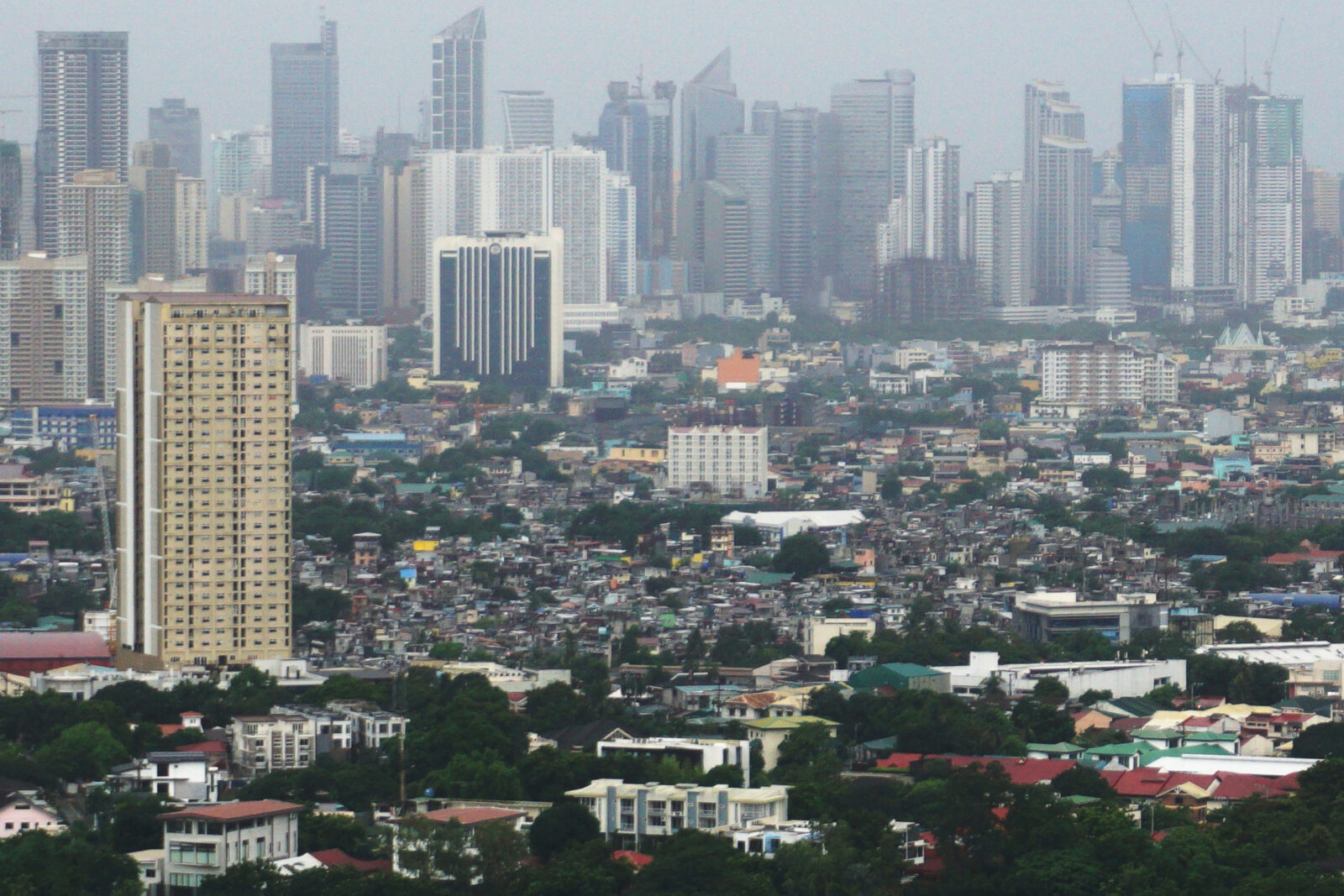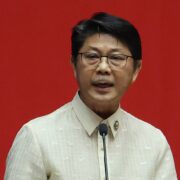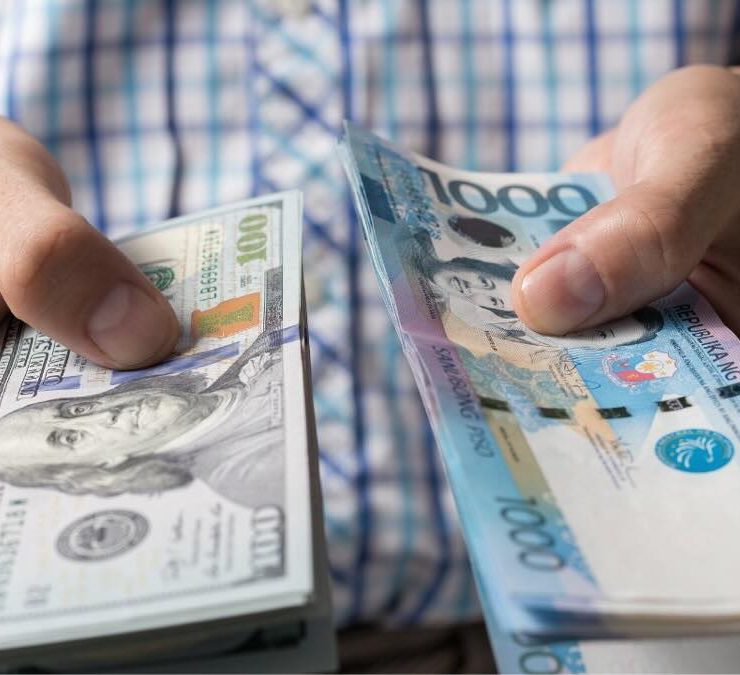PH seen attracting firms diversifying out of China

The Philippines’ warm relations with the United States makes it an ideal destination for investors that are looking to diversify their businesses outside of China amid ongoing global trade uncertainties, HSBC Global Research said.
But apart from friendlier ties with America, Aris Dacanay, economist at HSBC, said the potentially lower tariffs on the Philippines and the attractive demographic of the Southeast Asian country “should give all the right signals to global investors.”
The government’s aggressive infrastructure push should also increase the country’s appeal to foreign investors, Dacanay added.
Amid the growing trends of “nearshoring” and “reshoring” due to global trade uncertainties, the HSBC economist said that investors adopting the “China +1+1” strategy might find the Philippines interesting.
Trade relations
“While the first ‘+1’ is to diversify their businesses from China, the second ‘+1’ is to diversify to countries with favorable trade relations with the United States,” Dacanay said.
“Also, if the difference in tariff rates works in favor of the Philippines, exports to the United States would likely rise over time. We think there is scope to accommodate more, though the United States is already the second-largest trading partner and export market of electronics for the country,” he added.
In his “Liberation Day” announcement on April 2, US President Donald Trump had unveiled a 17-percent “reciprocal” tariff on Filipino goods coming to America, among the lowest in Asia.
But Trump later announced a 90-day tariff pause, while retaining the 10-percent universal duty on all trading partners of the United States.
Moving forward, HSBC’s Dacanay said the boost from within and the Philippines’ growing trade and investment ties globally should also help the country anchor its position in the global tech supply chain, while gradually shifting to more high-valued exports.
But he warned that this could be reversed if Trump’s tariffs would target semiconductor imports of the United States, a crucial market for Filipino electronic products.
“This has the potential to hit the entire tech supply chain of the region hard. The archipelago is not fully shielded from the broader cascading effect of tariffs,” Dacanay said.
“However, we see opportunities and think all eyes will be on how the Philippines can maximize them,” he added.





















